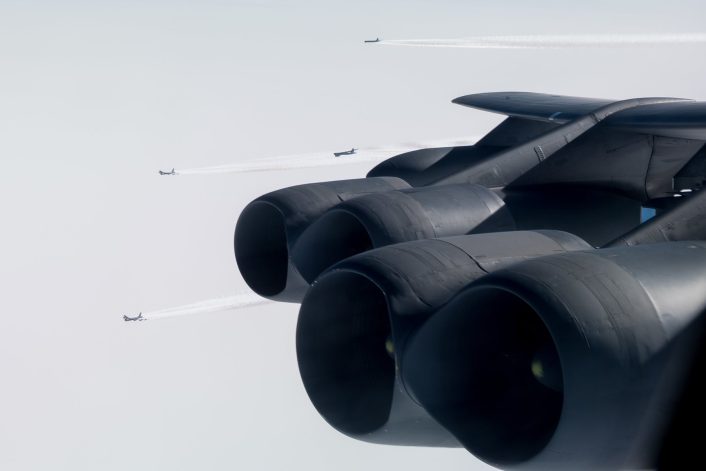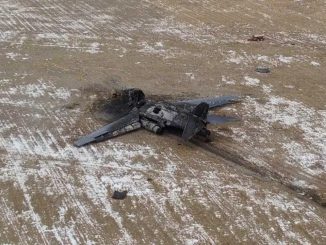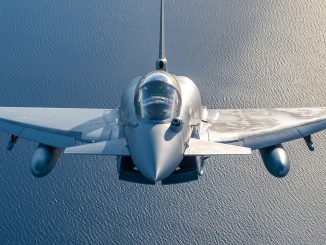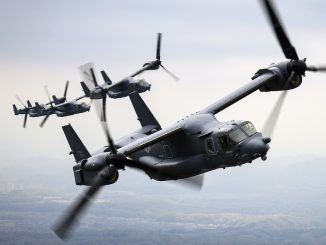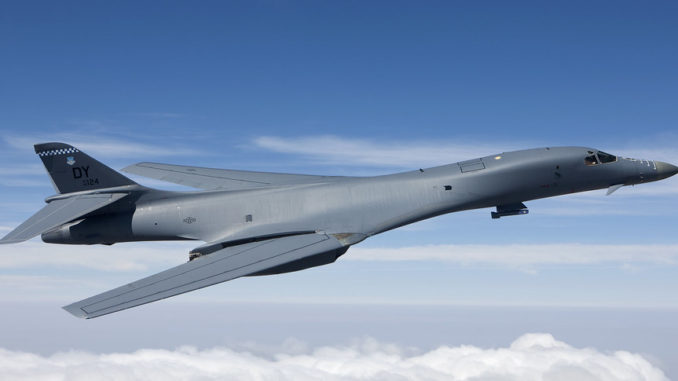
The “Bones” are still grounded as a consequence of a routing inspection of the B-1B drogue chute system.
On Mar. 28, 2019, the Air Force Global Strike Command, that manages the U.S. bombers, ordered a “safety stand-down” of the Lancer fleet.
“During a routine inspection of the B-1B drogue chute system, potentially fleet-wide issues were identified with the rigging of the drogue chute. It appears to be a procedural issue and is unrelated to the previous problem with egress system components. As a precautionary measure, the commander directed a holistic inspection of the entire egress system. The safety stand-down will afford maintenance and Aircrew Flight Equipment technicians the necessary time to thoroughly inspect each aircraft. As these inspections are completed and any issues are resolved, aircraft will return to flight,” said an official statement released by the Command on the very same day.
The drogue chute is part of the B-1B emergency egress system that relies on ACES II ejections seats, hatches in the upper side of the fuselage through those the seats are ejected from the aircraft and the drogue chutes, used to put the seat in the proper position before the main parachute deploys.
The safety stand-down was issued after the U.S. Air Force had already grounded its Lancer fleet in June last year, following an in-flight emergency on a Dyess Air Force Base’s B-1B with the 7th Bomb Wing, on May 1, 2018: the heavy bomber was on a training mission when a serious engine fire erupted near the right wing root. There were fire warnings in three areas of the aircraft. All but one was extinguished by taking appropriate flight procedures, prompting the aircraft commander to heed technical orders and command a controlled manual ejection from their burning bomber over the Texas desert. When the first crew ejection seat failed to leave the plane successfully, the aircraft commander ordered the crew to immediately stop the escape procedure and managed to fly the damaged and burning aircraft with a crew hatch missing and the cockpit open to the surrounding wind blast to the Midland Air and Space Port near Odessa, Texas where the crew made a successful emergency landing.
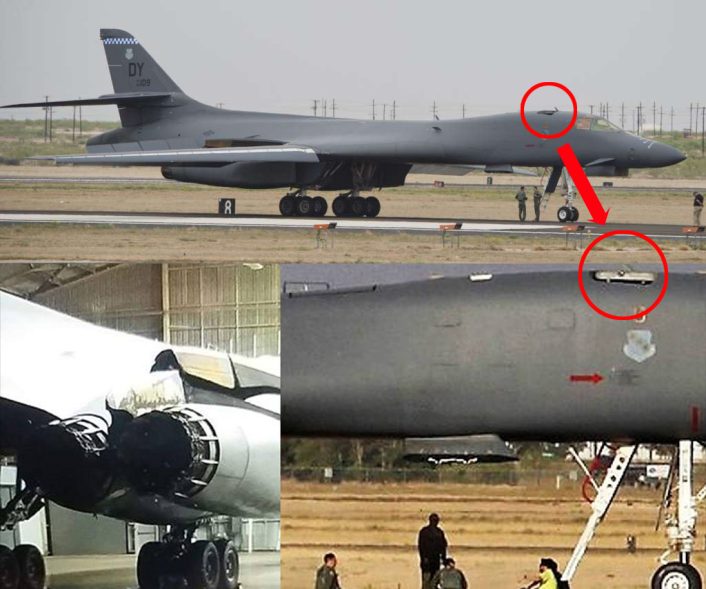
Following the emergency, the fleet was grounded pending further investigations while the crew members were each presented the Distinguished Flying Cross in a ceremony July 13 at Dyess AFB.
The investigation determined that a deformed part on one of the two pathways used to fire the seat caused the ejection seat to fail. The grounding was lifted few week later, when the Air Force found a secondary pathway that allows them to initiate ejection allowing all the B-1s to return to flying status. The B-1B involved in the incident was flown from Midland to Tinker AFB , to undergo depot maintenance and upgrades at the Oklahoma City Air Logistics Complex, on three engines, on Oct. 26, 2018.
So, the 2018 incident has nothing to do with the current issue that still keeps the bomber fleet on the ground. However, as reported by Air Force Magazine, Air Force Global Strike Command commander Gen. Timothy Ray approved a recovery plan on Apr. 16: all the U.S. Air Force 66 B-1s will be inspected. It takes from 7 to 10 days to inspect the egress system and aircraft will be cleared to fly once the inspections are completed Ray said according to Air Force Magazine.
The safety stand-on was order as there no B-1s deployed across the world. The most recent deployments of U.S. strategic bombers involved the B-52: six “Buffs” belonging to the 2nd Bomb Wing, deployed to the UK last month as part of a Bomber Task Force rotation in Europe (the largest Stratofortress deployment since Iraqi Freedom in 2003, when there were as many as 17x B-52s on the ramp at RAF Fairford); B-52s from the 5th Bomb Wing at Minot AFB are currently deployed to Andersen AFB, Guam, as part of Continuous Bomber Presence mission in the Pacific region.
